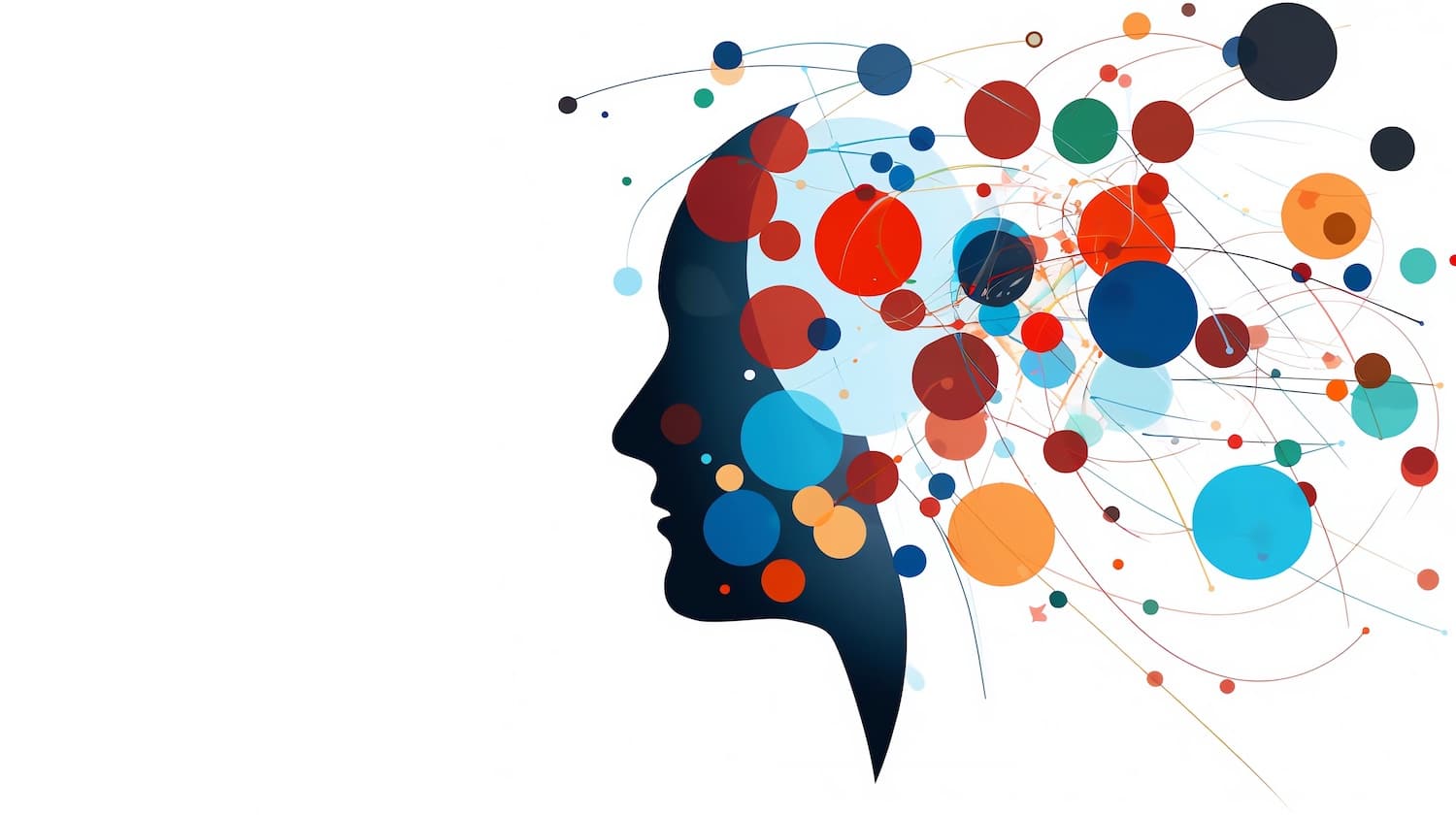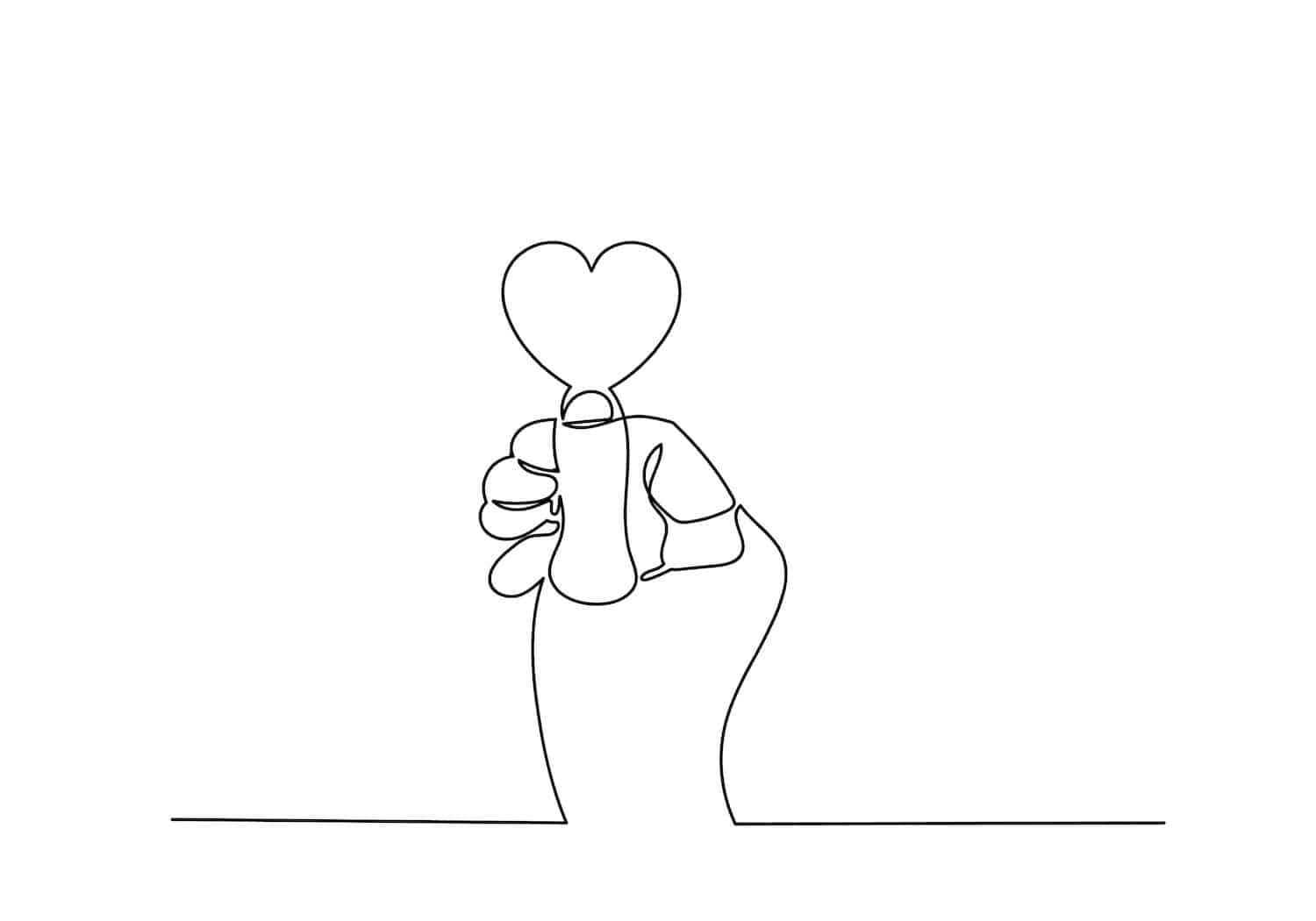Everyone feels nervous or uneasy from time to time. It’s common to experience some restlessness the night before a big presentation at work or to get a bit fidgety on your way to a first date. These feelings of anxiety are a normal reaction to stress and are a natural, expected part of life. They help you remain alert, aware, and safe.
Anxiety disorders are different, though. A person who has an anxiety disorder feels anxious nearly all the time, and their nerves tend to get worse as time goes on. Their symptoms often interfere with obligations such as work, school, relationships, and daily activities. At their most severe, anxiety disorders can be incredibly debilitating conditions.
Adults in the United States are an anxious group of people. Anxiety disorders affect 40 million adults every year (18.1% of the population), making it the most common mental illness in the U.S. Nearly 30% of adults experience symptoms of an anxiety disorder at some point in their lives.
Thankfully, anxiety disorders are treatable conditions that can be successfully addressed with the right treatment and clinical care. Even those with more severe or pervasive anxiety can learn to manage their symptoms and live a happy, fulfilling life.
What Are Anxiety Disorders?
The feeling of anxiety varies for many and may include the feeling of anticipation of a future event, problem, or experience. Everyone experiences anxiety at times. It’s a natural function of the mind, but for many, they are able to work through such feelings.
Problems arise when people experience excessive fear or anxiety that leads to avoidance behaviors. As a result, they may try to avoid situations, people, or places that trigger their feelings of anxiety. Typically, anxiety does not simply “go away” and often will increase which is a common sign of an anxiety disorder indicating the need for help.
Psychologists and clinical professionals utilize diagnostic criteria to categorize anxiety disorders by symptoms, triggers of those symptoms, and their severity. The main types of anxiety disorders include:
- Generalized Anxiety Disorder
- Panic Disorder
- Phobias/Specific Phobia
- Agoraphobia
- Social Anxiety Disorder
- Separation Anxiety Disorder
Potential Signs of an Anxiety Disorder
Each type of anxiety disorder has a specific set of signs and symptoms. What are the signs of the different kinds of anxiety disorders?
Generalized Anxiety Disorder
Generalized anxiety disorder (GAD) is characterized by excessive anxiety or worry about a range of things like work, social interactions, personal health, and everyday circumstances of life. People with GAD feel anxiety or fear on most days for a minimum of 6 months. Their anxiety often causes problems with their work, school, or social interactions.
Signs of generalized anxiety disorder include:
- Feeling nervous, wound-up, restless, or on-edge
- Being irritable or frustrated
- Struggling to concentrate or focus (“mind goes blank”)
- Experiencing muscle tension
- Getting easily fatigued
- Having problems with sleep (i.e. difficulties falling asleep, waking up frequently, restlessness)
Panic Disorder
Panic disorder is the presence of recurring and unexpected panic attacks. A panic attack is a sudden episode of intense fear that happens fast and intensifies within minutes. These attacks happen out of nowhere or as the result of a trigger.
Signs of panic disorder include:
- Sweating
- Trembling
- Shortness of breath
- Feeling smothered or choked
- Increased heart rate, pounding heartbeat, or heart palpitations
- Overwhelming sensations of impending doom
- Feeling a loss of control
Phobia-Related Disorders/Specific Phobias
Phobias are an overwhelming fear of specific objects and/or situations. Some fears may be realistic under certain circumstances. However, people with phobia disorders experience anxiety that is disproportionate to the actual danger of the object and/or situation.
Signs of phobia-related disorders include:
- Excessive or irrational fear of or worry about encountering the object or situation
- Careful planning to avoid the feared object or situation
- Experiencing sudden and intense anxiety when the object or situation arises
- Feeling consumed by anxiety while enduring the object or situation
Specific phobias refer to someone with an intense fear of a particular object or situation such as:
Examples not limited to:
- Heights
- Flying
- Animals or insects (i.e., spiders, snakes, dogs)
- Needles
- Blood
Agoraphobia
People with agoraphobia experience an overwhelming fear of social-related situations, specifically two or more of the following:
Examples not limited to:
- Being in enclosed spaces
- Being in open spaces
- Being outside of their home alone
- Being in a crowd
- Standing in lines
- Using public transportation
Agoraphobia causes many people to fear and avoid these situations because they worry it may be difficult or impossible to leave if they experience behaviors or symptoms resulting in a panic reaction. Severe agoraphobia can leave some people feeling hopeless about social interactions and even housebound.
Social Anxiety Disorder
Social anxiety disorder refers to the intense anxiety caused by social situations or performances. Previously called social phobia, people with social anxiety disorder worry about the judgment from or negative opinions of others. They fear others may evaluate them negatively and leave them feeling embarrassed or humiliated. People with social anxiety tend to avoid social situations, from work to school to or even spending time with friends or acquaintances.
Separation Anxiety Disorder
For people with social anxiety disorder, everyday social interactions may cause irrational anxiety, fear, self-consciousness, and embarrassment. Those with separation anxiety disorder may have an intense fear of losing or separating from individuals they are attached to. They often worry that something bad may happen to people which would result in them being alone. This causes avoidance of separating or being away from their attachment figures. Separation anxiety disorder occurs in both adults and children.
Treating Anxiety Disorder
Treatment for anxiety disorder generally includes a combination of psychotherapy and medication. Effective treatment requires an individual approach, so the specific types of therapy and medication used depends on each person and their condition under the care of highly skilled professionals.
Psychotherapy
Cognitive behavioral therapy (CBT) is the most common modality used to work with people who have an anxiety disorder. The goal of CBT is to challenge false ideas and assumptions and teach different ways of thinking to encourage behavior change.
Medication
Medication does not cure anxiety, but in conjunction with therapy, it does provide relief from symptoms to increase the effectiveness of therapeutic approaches. The common types of medication used to treat anxiety disorders include anti-anxiety medications, antidepressants, and beta-blockers.
Finding Effective Anxiety Disorder Treatment
Lifeskills South Florida has been a trusted provider of mental health treatment, serving families and clients for over 31 years. We work with individuals seeking to overcome their substance abuse and mental health issues while supporting their loved ones during the process. Our clinicians are comprised of Doctoral and Masters-level licensed professionals with additional certifications in their area of expertise coinciding with our specialized clinical pathways to meet the needs of our clients.
Lifeskills strives to treat each client individually as they progress along their own path of psychological, physical, emotional, and spiritual healing. As a team, we utilize a highly individualized approach for each client with the ability to provide a comprehensive continuum of care throughout our various clinical pathways to meet their particular needs.
To learn more about the mental health and substance abuse treatment programs Lifeskills South Florida provides, please reach out to us today. Our in-house admissions team offers concierge services and will discuss the needs you or your loved one are facing. They will help guide you through these challenging times and assist you in determining which approach will best suit your needs. We are here to support you every step of the way and provide support and alternate referrals as needed.




